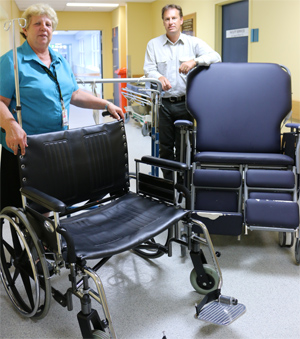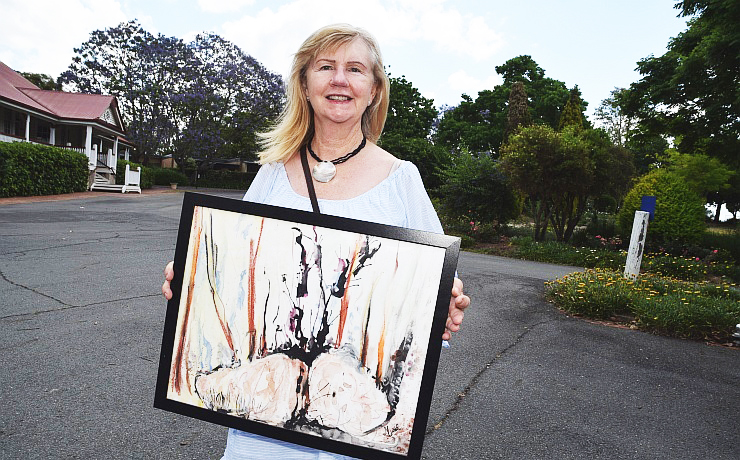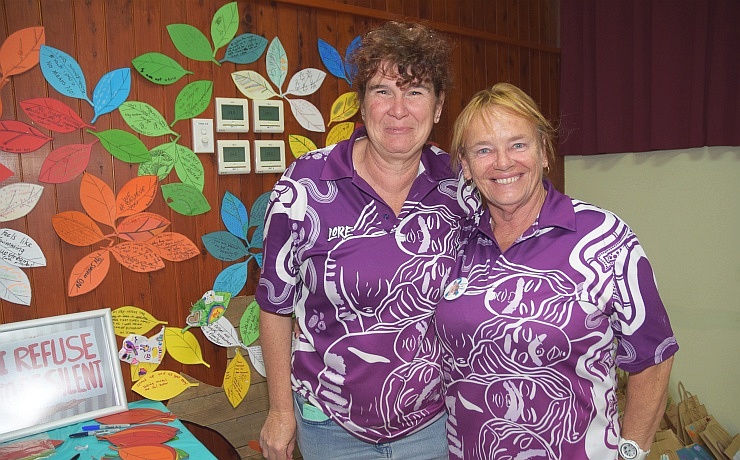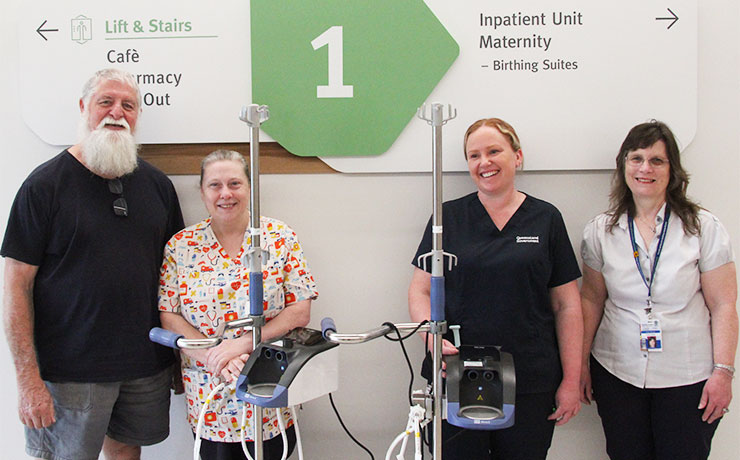
November 14, 2014
South Burnett public hospitals will soon receive special equipment to help staff safely manage markedly overweight patients as part of a $400,000 program by the Darling Downs Hospital and Health Service.
The local Hospital and Health Board recently approved the purchase of about 100 pieces of bariatric equipment for use across the 20 hospitals operated by the health service.
A patient may be classified as bariatric if they have a body mass index (BMI) greater than 30 and their size or body shape restricts mobility and/or patient care.
For men this classification can start at around 144kg and for women about 130kg.
Cherbourg, Kingaroy, Murgon, Nanango and Wondai hospitals will receive a total of 17 new pieces of bariatric equipment.
The items include shower commode chairs, medical wheelchairs, recliner chairs and walkers.
Inflatable devices designed to safely lift large patients to bed or stretcher height will also reduce the risk of injury to patients and staff.
Board Chair Mr Mike Horan said the Board decided to spend some of the surplus it had accumulated on improving care to obese patients and ensuring staff were well equipped to care for them.
“Both patient care and staff welfare are priorities in the Board’s strategic plan,” Mr Horan said.
“Unfortunately we are finding increasing numbers of patients who are dangerously overweight.
“This poses a risk to the patients in hospital to safely use normal equipment like beds, mattresses, shower chairs, commodes and wheelchairs which are designed to be used up to a certain weight but may break beyond this weight.”
Mr Horan said staff caring for these patients also needed to be given additional equipment such as specially made hoists, rolling devices and slings to assist them to safely care for patients.
Some of the specialist bariatric equipment is rated for patients weighing up to 455kg, with the most common load limits between 250 and 350kg. It will be purchased in 2015.
DDHHS records show that last year there were 547 admissions where a patient classified as obese was treated at one of the health service’s hospitals.






















